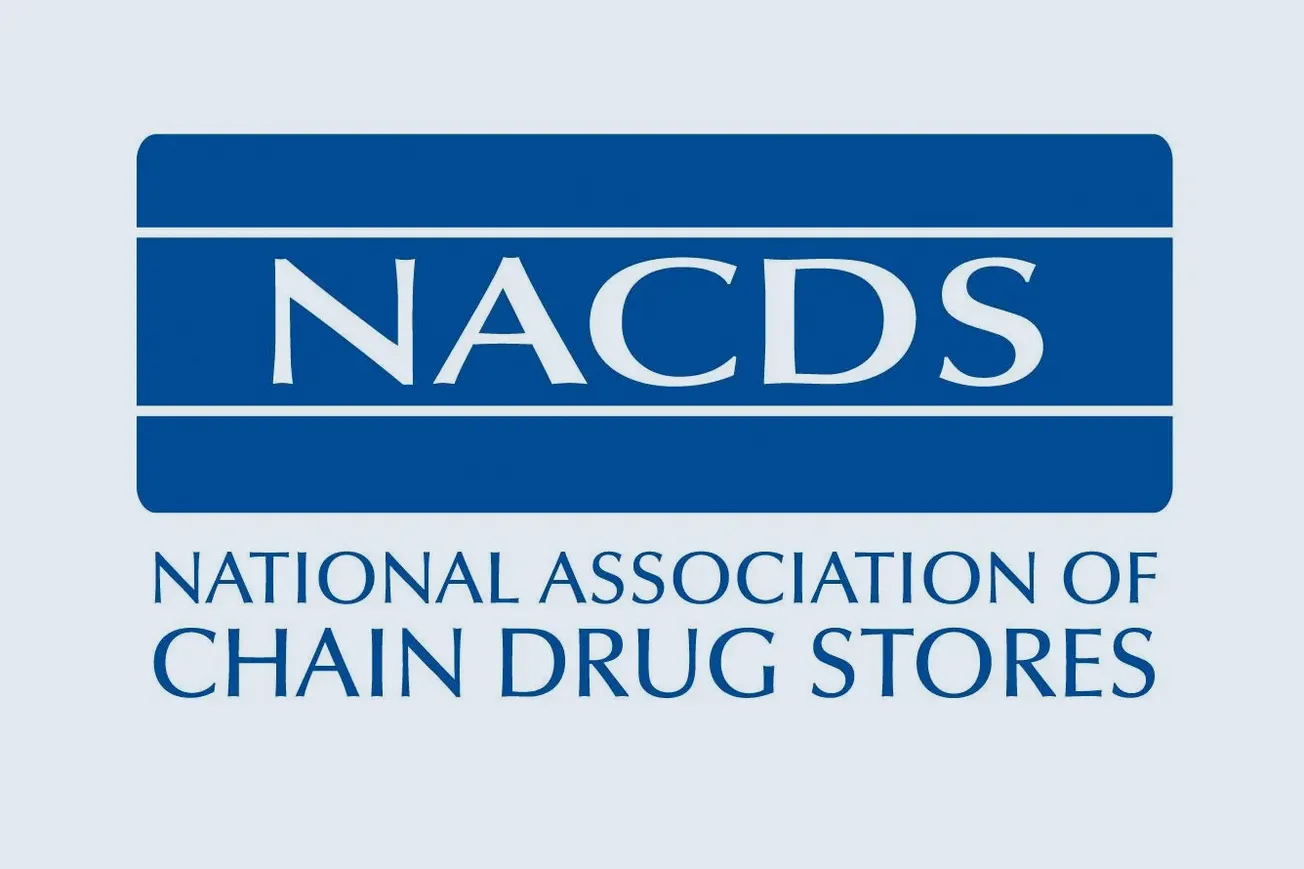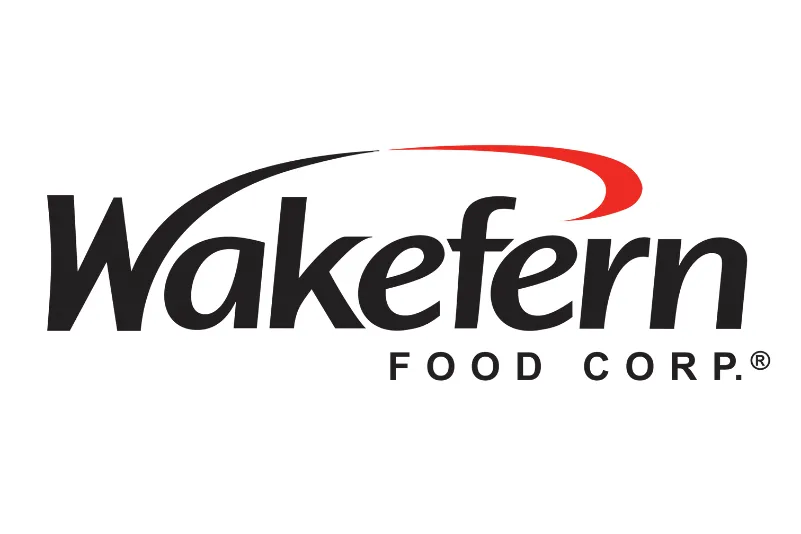ST. PETERSBURG, Fla. — Catalina is enabling retailers to target individual consumers with My Favorite Deals, an omnichannel listing of the most relevant upcoming deals for a particular shopper.
Catalina is enabling retailers to target individual consumers with My Favorite Deals, an omnichannel listing of the most relevant upcoming deals for a particular shopper.
The list of five deals can be printed out in stores or viewed digitally, including via mobile and email. The five deals present a targeted alternative to one-size-fits-all circulars, according to Marla Thompson, senior vice president of U.S. strategy at Catalina.
The deals are culled by Catalina’s preference engine from the hundreds of items in a retailer’s upcoming circular. The engine selects the most relevant offers on the basis of consumers’ shopping histories, including favorite brands, favorite categories and where they are in a purchase cycle. Weather and seasonal motives such as wariness of the flu are also taken into account.
“We’re modernizing the way that retailers communicate with their shoppers,” Thompson said. “It’s all about reinvigorating the circular both for the consumer and for the retailer.”
The service addresses the decline in newspaper readership and the fact that the average consumer buys less than 1% of the items in the store annually, making much of what’s in the circular irrelevant, Thompson explained.
Originally launched in France, My Favorite Deals has boosted sales of promoted items 1.5% to 5% and increased total store sales by up to 1.5%.
Implementation of My Favorite Deals requires no hardware or system changes for the more than 28,000 U.S. drug, grocery and mass stores that are part of the Catalina network, the company noted.
Two-thirds or more of weekly shoppers don’t buy a single item from a typical circular, according to Todd Morris, president of Catalina U.S.
“My Favorite Deals delights customers by cutting through the clutter of hundreds of irrelevant advertised items to call out what’s really important to each shopper,” Morris stated.
Key strengths of the service are speed and simplicity, Thompson pointed out. “We do it all in a split second. It’s very simple and elegant for the consumer, but there’s a tremendous amount of science and sophistication that happens behind the scenes,” she said.
Retailers spent an estimated $5.84 billion on newspaper circulars alone in 2014, reported Borrell Associates. Meanwhile, newspaper readership has declined precipitously. In 2012, just 23% of Americans said they had read a print newspaper the day before, compared to 41% a decade earlier, according to Pew Research.
“If a discount is available to 100% of shoppers, why would a retailer want less than 25% of people to see it?” Thompson added.





